Learning how to load an e-bike onto a rack might seem straightforward, but there’s a fine art to doing it safely and efficiently. Whether you’re heading out for a scenic trail ride or commuting to work, proper loading is essential to protect both your bike and your vehicle. In this guide, we’ll walk you through the steps to securely fasten your e-bike onto a rack, highlight common pitfalls to avoid, and share practical tips for handling heavier models. Get ready to rack up miles with confidence!
Equipment and Tools You Need to Load an E-Bike
Loading an e-bike properly requires specific equipment and tools to ensure safety and ease of transport. Here's a list of essential items you'll need:
- E-bike Rack
Bike racks are devices that attach to your car's roof, trunk, or hitch, enabling you to transport one or more bicycles. Look for racks specifically designed to handle the weight and dimensions of e-bikes, which are typically heavier than standard bikes.

- Loading Ramp
A loading ramp makes it easier to roll the e-bike onto the rack or into a vehicle, especially if the e-bike is heavy. Choose a sturdy ramp with a non-slip surface for added safety.
- Tie-down Straps
Tie-down straps are necessary to secure the e-bike to the rack or inside your vehicle. Opt for high-quality, adjustable straps that can handle the weight and prevent the bike from shifting during transit.
- Protective Cover
A protective cover shields your e-bike from dust, debris, and weather elements during transport. Choose a cover that fits snugly and is made from durable, weather-resistant material.
- Gloves
Gloves protect your hands while handling the e-bike, especially if you're dealing with heavy parts or sharp edges. Choose gloves that offer a good grip and are comfortable to wear.
- Tool Kit
A basic tool kit is handy for any adjustments or minor repairs needed during loading or transport. Include Allen wrenches, screwdrivers, and a tire pump in your kit.
How to Load Your E-Bike onto a Rack Safely and Efficiently
Loading your e-bike onto a rack demands careful attention to ensure both safety and efficiency. Follow these steps for a smooth loading process:
Step 1: Position Your E-Bike and the Rack Properly
Begin by parking your vehicle on a flat, well-lit surface to ensure better visibility. Ensure that the rack is securely attached to the hitch receiver or roof rails of your vehicle, following the manufacturer's instructions. If possible, adjust the height of the rack to facilitate the loading of the e-bike.
Step 2: Prepare Your E-Bike for Loading
Before loading, remove any accessories or items from the e-bike that could obstruct the process or risk damage during transportation. This includes water bottles, bags, or bike locks. If your e-bike features a removable battery, take it out to reduce weight during loading.
Step 3: Lift the E-Bike onto the Rack
Stand behind the e-bike, gripping the handlebars firmly with one hand while supporting the frame with your other hand. Maintain proper posture by bending your knees and keeping your back straight as you lift the e-bike off the ground. Carefully position it onto the rack, ensuring the wheels fit into the designated slots or trays. Take your time to align the bike properly.
Step 4: Secure the Bike to the Rack
Utilize straps, clamps or other securing mechanisms to fasten the e-bike securely to the rack. Ensure that these fasteners are tightened securely around the frame and wheels to prevent any movement or wobbling during transit. Verify that the bike is centered on the rack and evenly distributed to maintain balance.
Step 5: Double-Check All Connections
Thoroughly inspect all straps, clamps, and securing mechanisms to ensure they are properly engaged and tightened. Give the e-bike a gentle shake to test its stability on the rack. It should feel firmly attached without excessive shifting or wobbling.
Step 6: Cover the Bike
Once the e-bike is securely fastened to the rack, cover it with a suitable protective cover or tarp to shield it from road debris, dust, and weather elements during transit. This additional measure will help preserve the e-bike's cleanliness and protect it from potential damage while on the road.
Step 7: Ensure Visibility and Legality
Check that the loaded e-bike does not obstruct any lights, signals, or license plates on your vehicle. If necessary, adjust the position of the bike or rack accordingly. Ensure that your vehicle's rear lights and indicators remain visible to other drivers on the road, maintaining compliance with legal requirements.
Common Mistakes to Avoid When Loading an E-Bike?
Loading an e-bike onto a rack requires careful attention to detail to ensure safety and prevent damage to the bike, vehicle, and surrounding objects. Here are some common mistakes to avoid during the loading process:
Avoid exceeding the weight capacity of your rack or vehicle. Overloading can strain the rack, compromise its stability, and increase the risk of accidents.
Ensure the rack is properly installed and securely attached to your vehicle. Improper installation can lead to instability and potential damage to both the rack and the e-bike.
Use sufficient tie-down straps and ensure they are properly secured around the e-bike frame. Inadequate strapping can result in the bike shifting or becoming loose during transit.
If your e-bike's battery is removable, always follow the manufacturer's instructions to remove it before transport. Neglecting to do so can cause damage to the battery or compromise its performance.
Take your time when loading the e-bike onto the rack. Rushing increases the likelihood of mistakes and can compromise safety. Be patient and methodical in your approach.
Ensure the loaded e-bike does not obstruct your vehicle's lights, signals, or license plate. Failure to maintain proper clearance can result in safety hazards and legal issues.
Forgetting to Test Stability
Before driving, always double-check the stability of the loaded e-bike. Gently rock the bike back and forth to ensure it's securely fastened to the rack and there are no loose straps.
Tips for Loading Heavy Electric Bikes onto a Rack
Loading heavy electric bikes onto a rack requires careful planning and execution to ensure safety and ease of transport. Here are some helpful tips to make the process smoother:
Have a second person help you with loading the e-bike. One person can stabilize the bike while the other guides it onto the rack, making the process safer and easier. If lifting is a challenge, consider using a lifting aid or tool designed to help hoist bikes onto racks, especially for heavier e-bikes.
If your e-bike has a dropper post, lower the seat to reduce the overall height and make it easier to lift or roll onto the rack.
Use the bike's brakes to control its movement when loading. Engaging the brakes can help stabilize the bike as you position it on the rack.
Identify the best gripping points on the e-bike, such as the lower frame or the area near the crank, to get a firm hold when lifting or guiding the bike onto the rack.
Stand with your feet shoulder-width apart and maintain a stable stance to ensure balance and control when lifting or maneuvering the bike.
If your rack design allows, use gravity to help. Tilt the rack slightly downward when loading the bike to reduce the lifting height and make it easier to roll the bike up.
Conclusion
In wrapping up our exploration of how to load an e-bike onto a rack, we've armed you with the knowledge to do it safely and efficiently. By steering clear of common errors and employing our expert tips, you're set to handle even the heaviest of e-bikes with confidence. Remember, the right approach isn’t just about protecting your bike—it’s about paving the way for stress-free adventures. Happy loading, and may your travels be as smooth as your bike’s transition onto the rack!
FAQ
Will Loading an E-Bike Have Any Impact on The Vehicle?
Loading an e-bike, particularly with heavy items or over its recommended capacity, can impact its performance, stability, and battery life. Excessive weight may strain the motor and battery, reduce range, and increase wear on components like brakes and tires. Always adhere to the manufacturer's weight limits and guidelines to ensure safe and optimal operation.
What Safety Issues Should I Pay Attention to When Loading an E-Bike?
When loading an E-Bike, ensure the weight is evenly distributed, secure any loose items, and do not exceed the manufacturer's weight limit to maintain balance and safe handling.


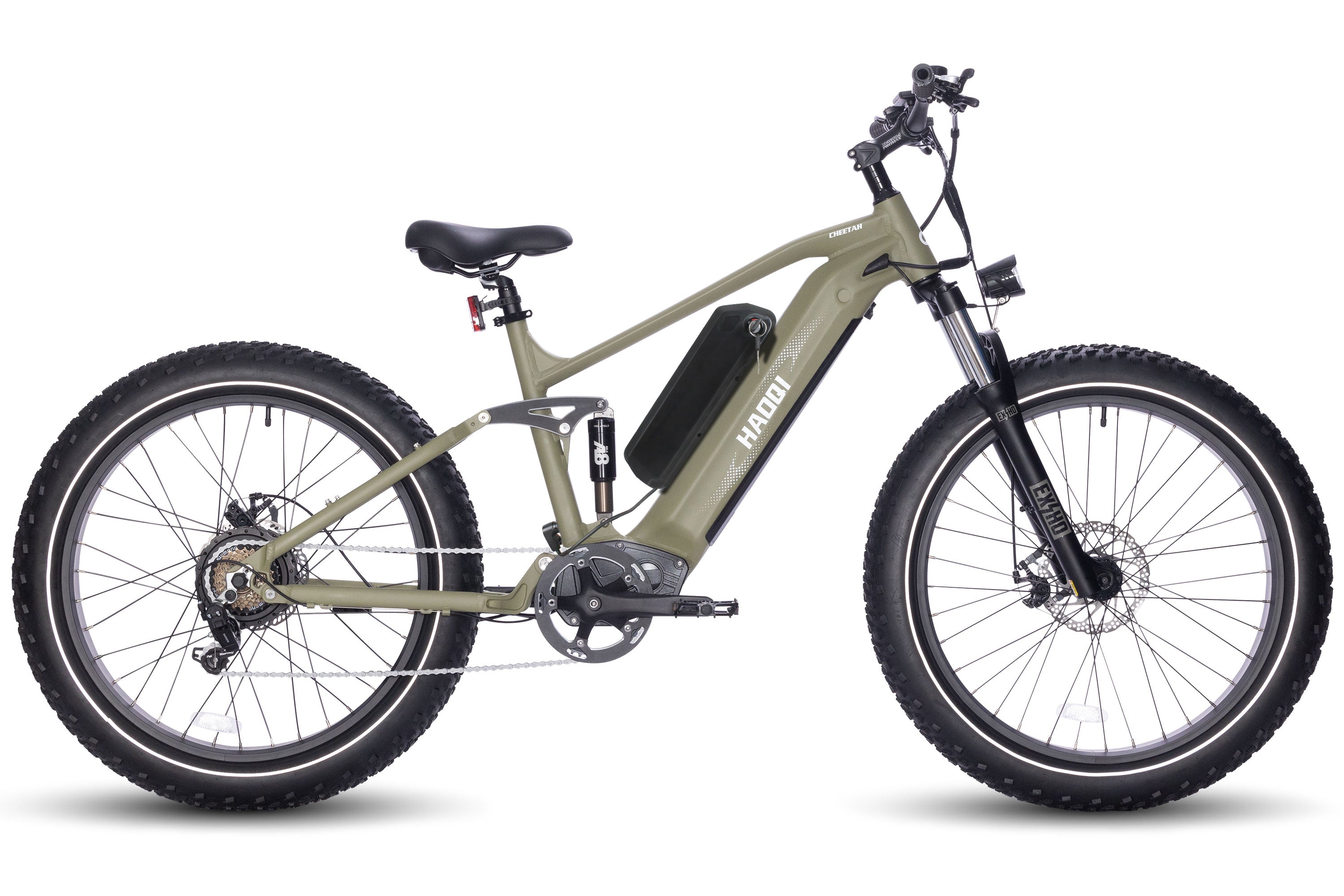
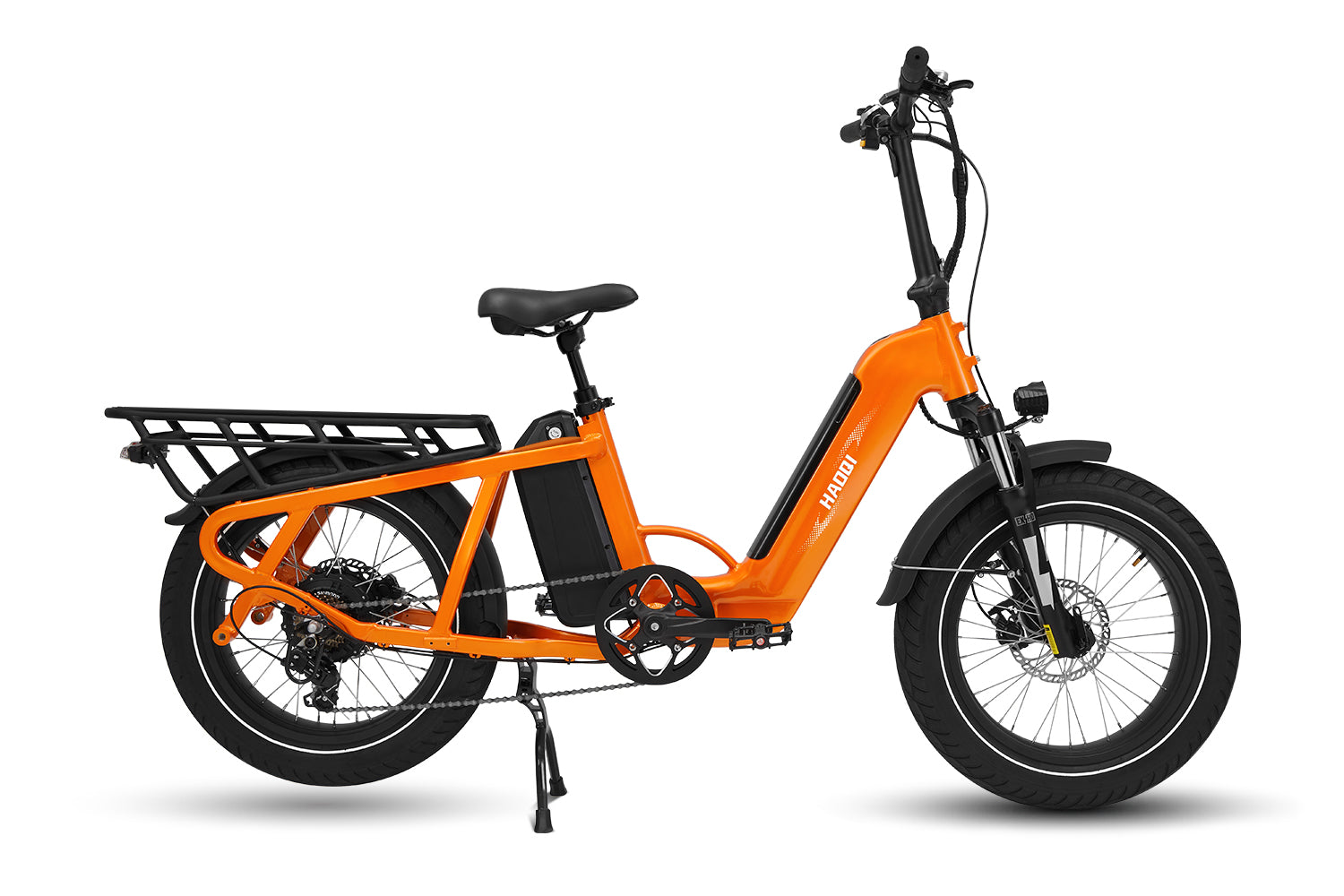
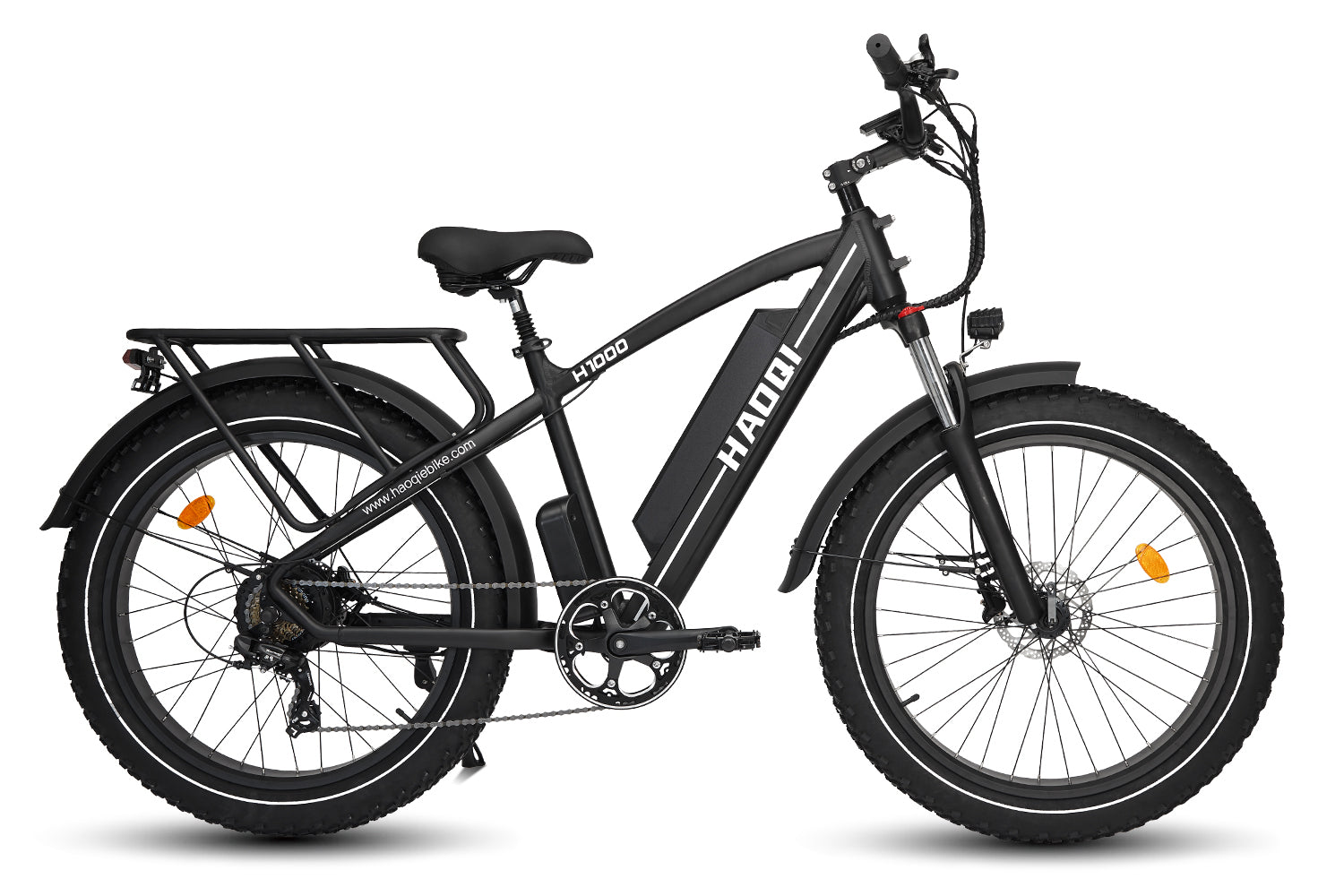
![HAOQI Antelope 500W Cargo Electric Bike (UL Certified) [electric bike] [HAOQI ebike]](http://haoqiebike.com/cdn/shop/products/haoqi-antelope-cargo-electric-bike-with-dual-battery-haoqiebike-com-1.jpg?v=1753954498&width=1500)
![HAOQI Squirrel Folding Electric Bike (UL Certified) [electric bike] [HAOQI ebike]](http://haoqiebike.com/cdn/shop/files/1_03c67b67-715e-4617-a648-51f108ceb425.jpg?v=1766473332&width=1500)
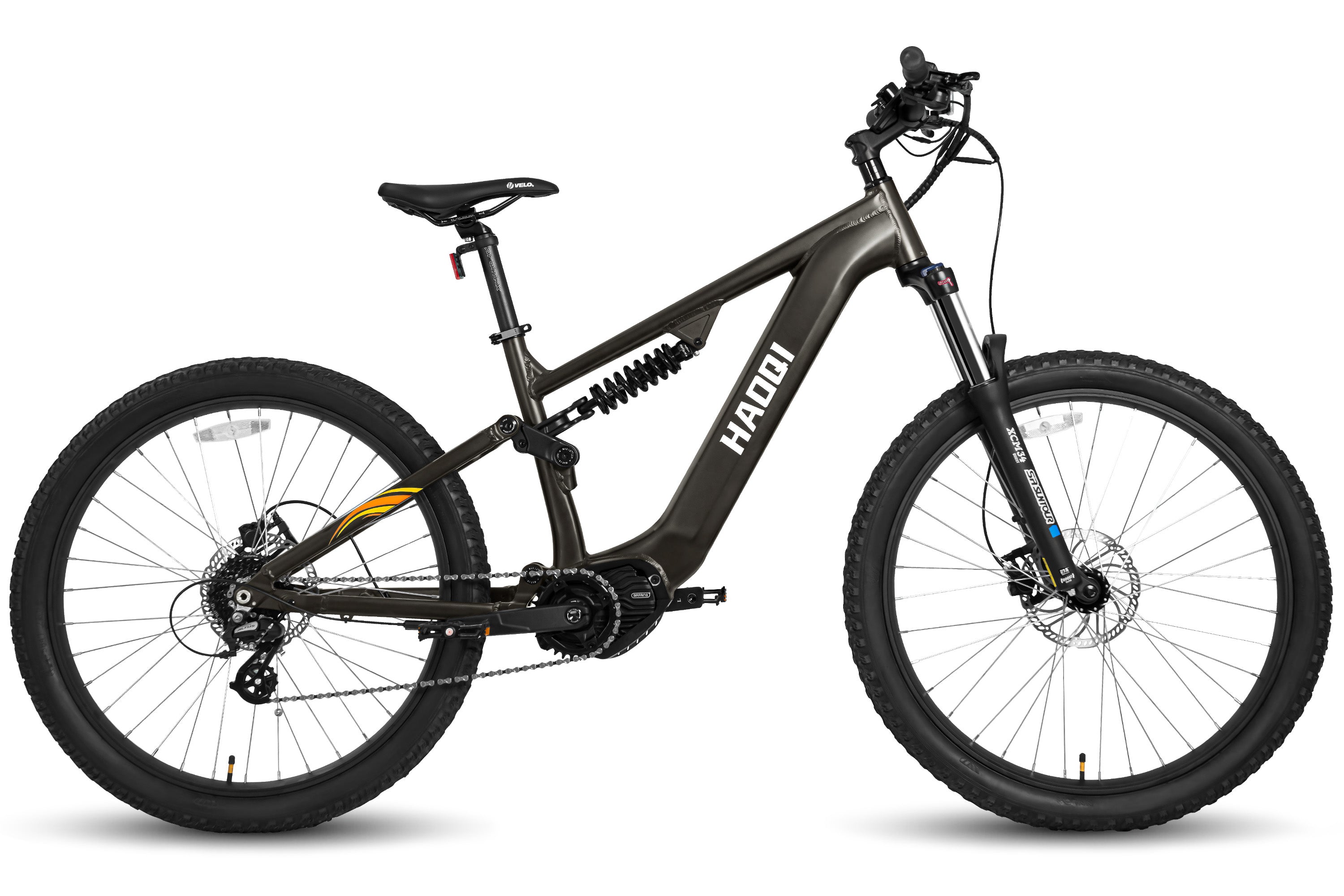
![HAOQI Eagle Long Range Electric Bicycle (UL Certified) [electric bike] [HAOQI ebike]](http://haoqiebike.com/cdn/shop/files/2_bf7ae46b-aad6-472a-9c14-d56ca3f0feb6.jpg?v=1755142722&width=1500)
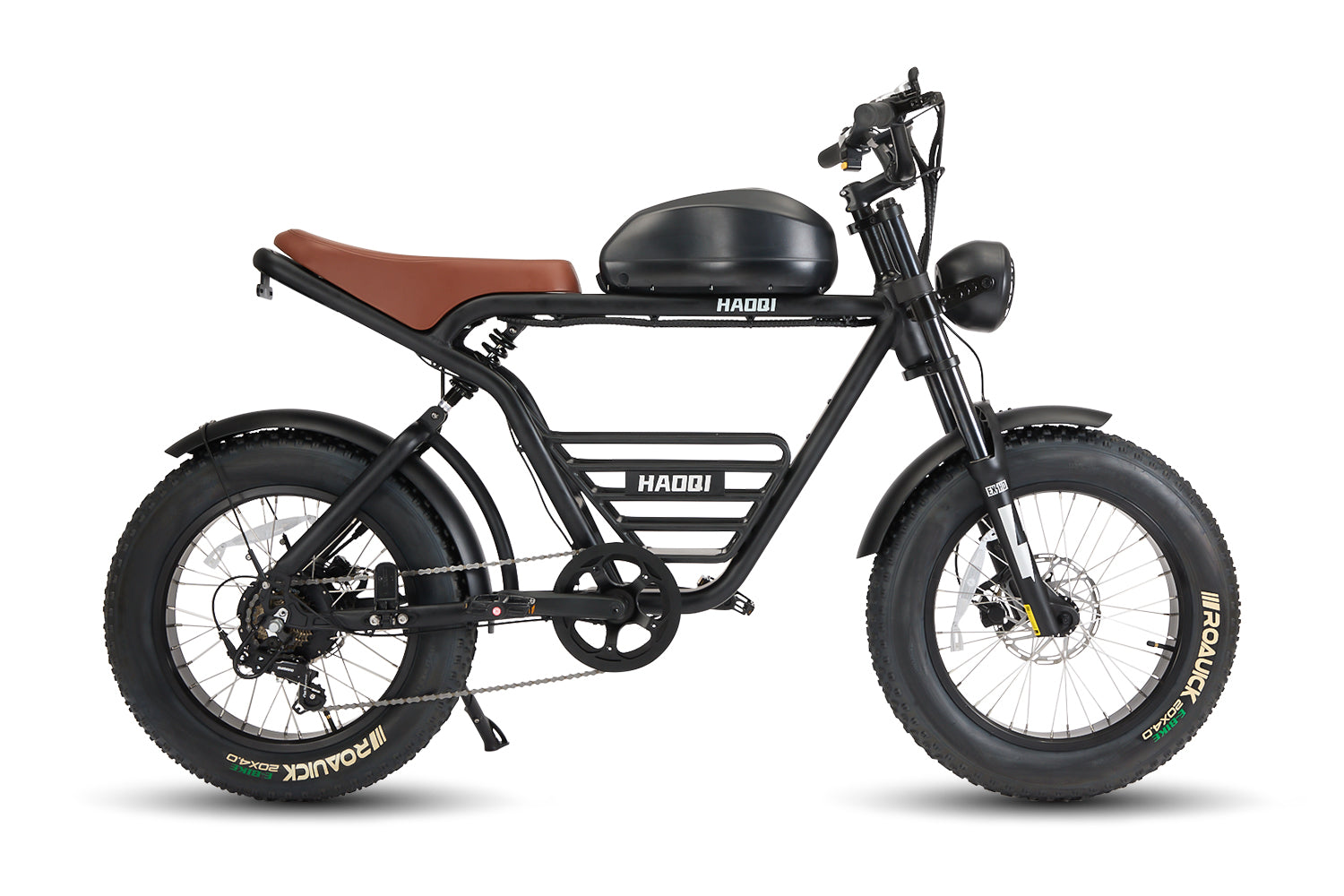
![HAOQI Antelope Pro 750W Cargo Electric Bike (UL Certified) [electric bike] [HAOQI ebike]](http://haoqiebike.com/cdn/shop/products/haoqi-antelope-pro-cargo-electric-bike-with-dual-battery-750w-haoqiebike-com-1.jpg?v=1751610204&width=1500)










Leave a comment
All comments are moderated before being published.
This site is protected by hCaptcha and the hCaptcha Privacy Policy and Terms of Service apply.